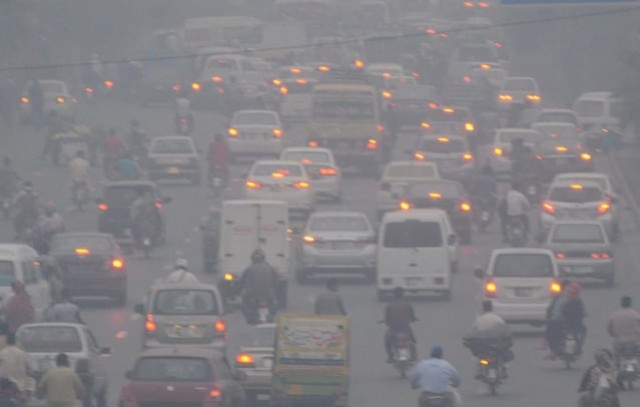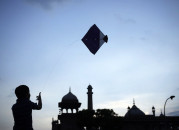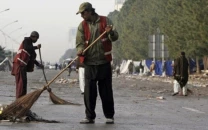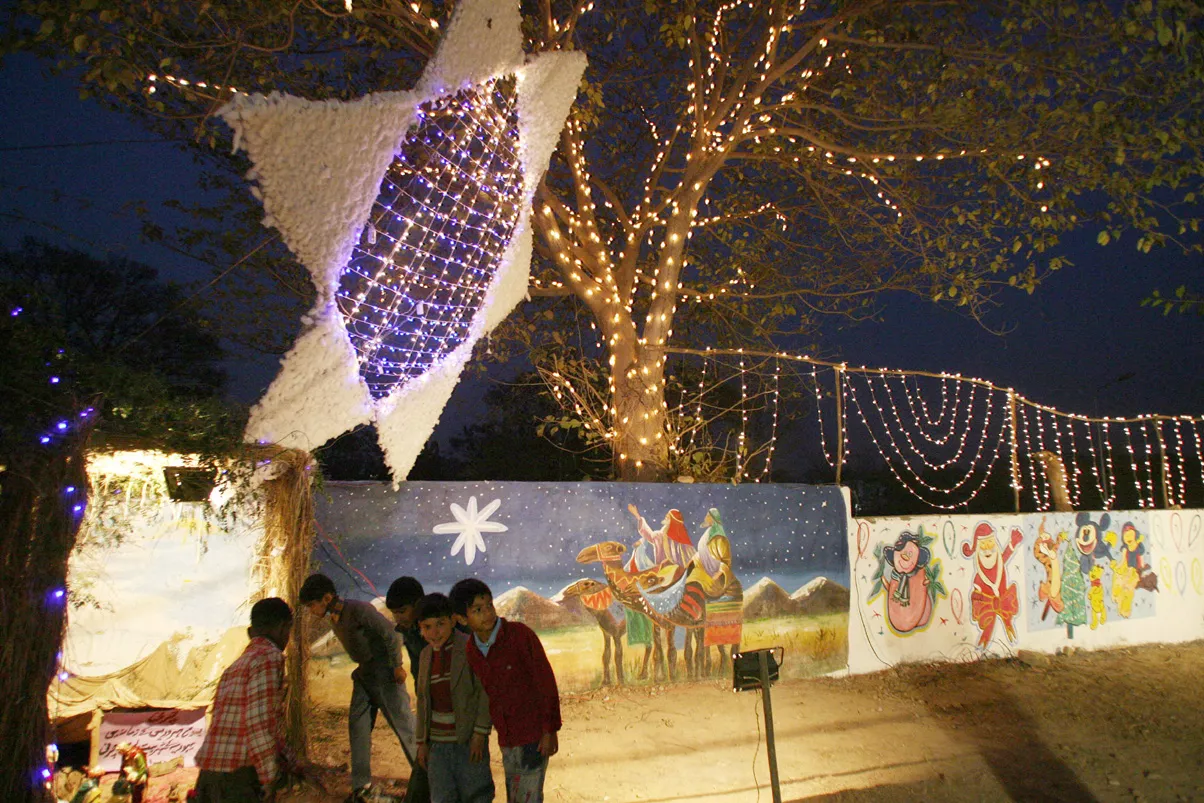Cold wave beats pollution’s impact
Mercury drops despite increased traffic, construction activities

Punjab and other parts of a country are experiencing a severe cold weather during the current winter season despite the expectations of the experts in view of increasing pollution and smog.
With the mercury dropping to one degree in Lahore, intensity of cold weather and snowfall in the upper areas has caused increased health problems for the children and the elderly. Medical experts have advised the citizens to cover the head, chest and feet during the cold wave.
According to the World Meteorological Organisation, the average temperature in most countries has risen by about two degrees due to pollution and climate changes.
Construction activities and the number of vehicles in Lahore have increased by about 33% during the past decade. As a result, the Air Quality Index (AQI) has gone up to 400 to 500. The level of more than 200 AQI is dangerous for human health.
The construction and smoke from vehicles raise the temperature, but the severity of cold weather has increased in the province.
Meteorological Department Deputy Director Ali Ejaz told The Express Tribune that the number of vehicles had increased by 33% in the last 10 years. As a result, pollution has increased to the same extent, but the Punjab government has taken better measures to control it. Industries and kilns are being converted to modern technology, which has reduced pollution. The Air Quality Index has fallen below the dangerous level, the official added.
According to the Meteorological Department, a weather system has entered the country, which will result in heavy rains in the plains and snowfall in the hilly areas of Punjab. This will further increase the severity of the cold weather and reduce the temperature.
According to Chief Meteorologist Sahib Zad, there was an increase in the number of vehicles along with construction across Punjab, including Lahore, due to which the pollution was expected to have an impact on the severity of the cold weather but stronger winds might have reduced its effect on the weather in the region. That is why the temperature across Punjab is decreasing.
Elderly people and children are more vulnerable to health problems caused by cold weather. In this regard, a medical expert, Dr Abdul Rauf, said that in order to avoid the cold, it is necessary to cover the head, chest and feet and not to leave the home unnecessarily in the morning and especially at night. He said the citizens should consume dried fruits and hot drinks during the season.
An analysis of the record from 2011 to 2020 in the 36 districts of Punjab shows that average temperatures during the winter have increased during the period. Among the coldest districts, the minimum temperature of minus 11 degrees was recorded in Murree in 2014, Faisalabad minus four degrees in 2013, Bahawalpur minus four degrees and Lahore minus two degrees Celsius in 2017.
The minimum temperatures of 0.3 degrees in Multan was recorded 2011, Bahawalnagar minus 2.8 in 2013, Jhelum minus two degrees in 2014. Khanpur experienced its minimum temperature during the decade of minus three degrees Celsius in 2014. The minimum temperature of minus two degrees Celsius in Kamra was recorded in 2017, 0.3 degrees in Mianwali in 2013, minus two degrees in Toba Tek Singh in 2014, and minus two degrees in Sialkot in 2014.
Published in The Express Tribune, January 3rd, 2021.



















COMMENTS
Comments are moderated and generally will be posted if they are on-topic and not abusive.
For more information, please see our Comments FAQ